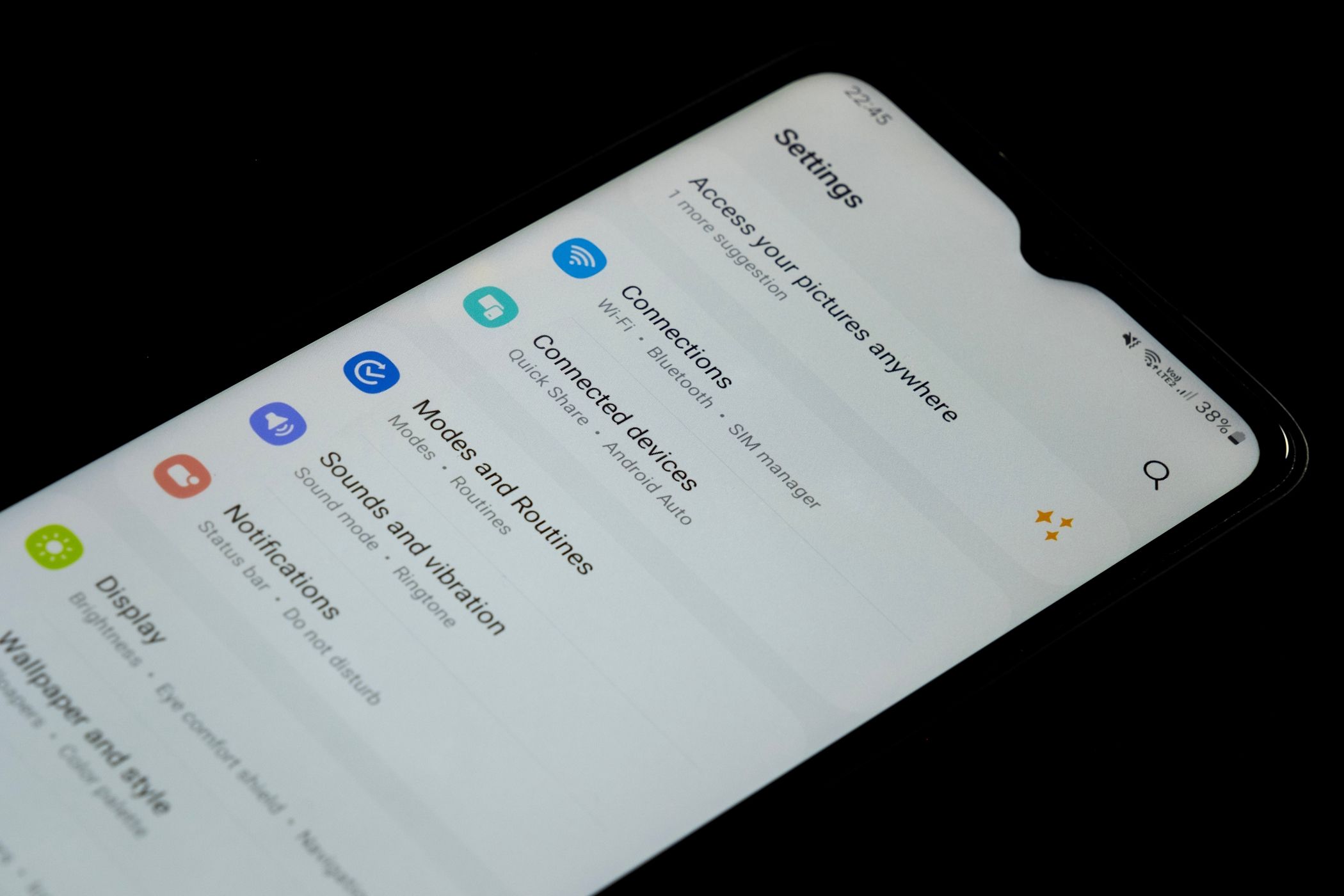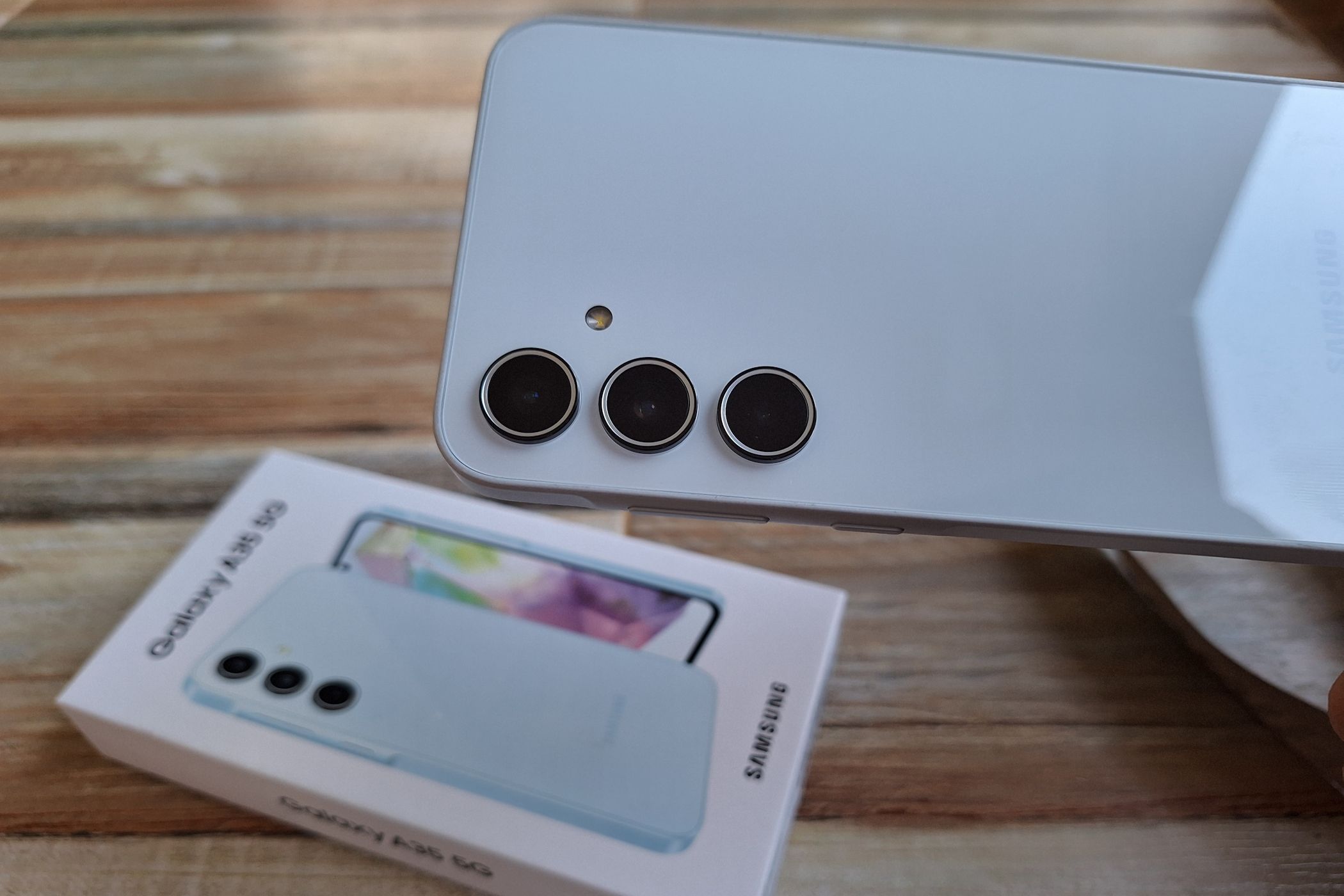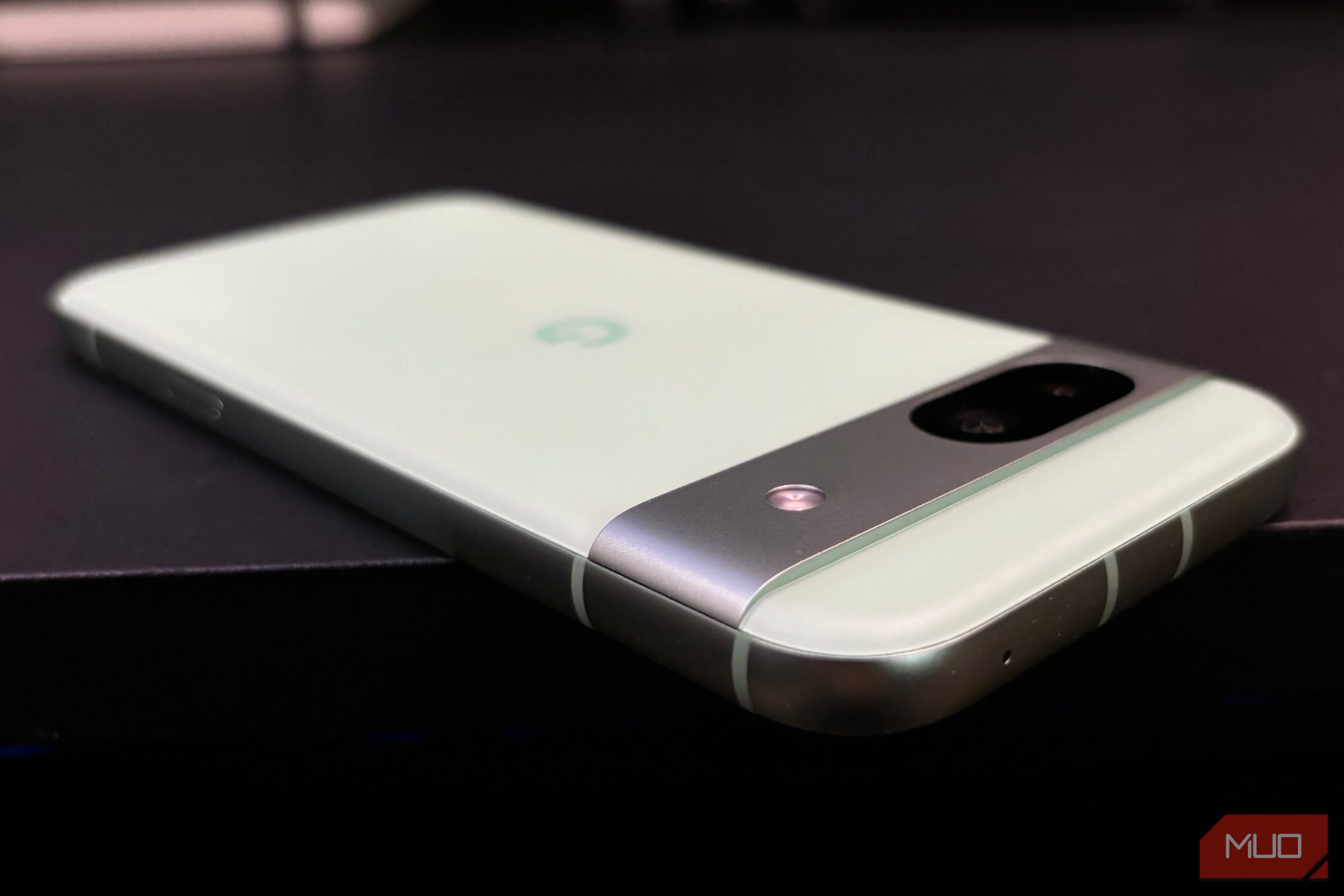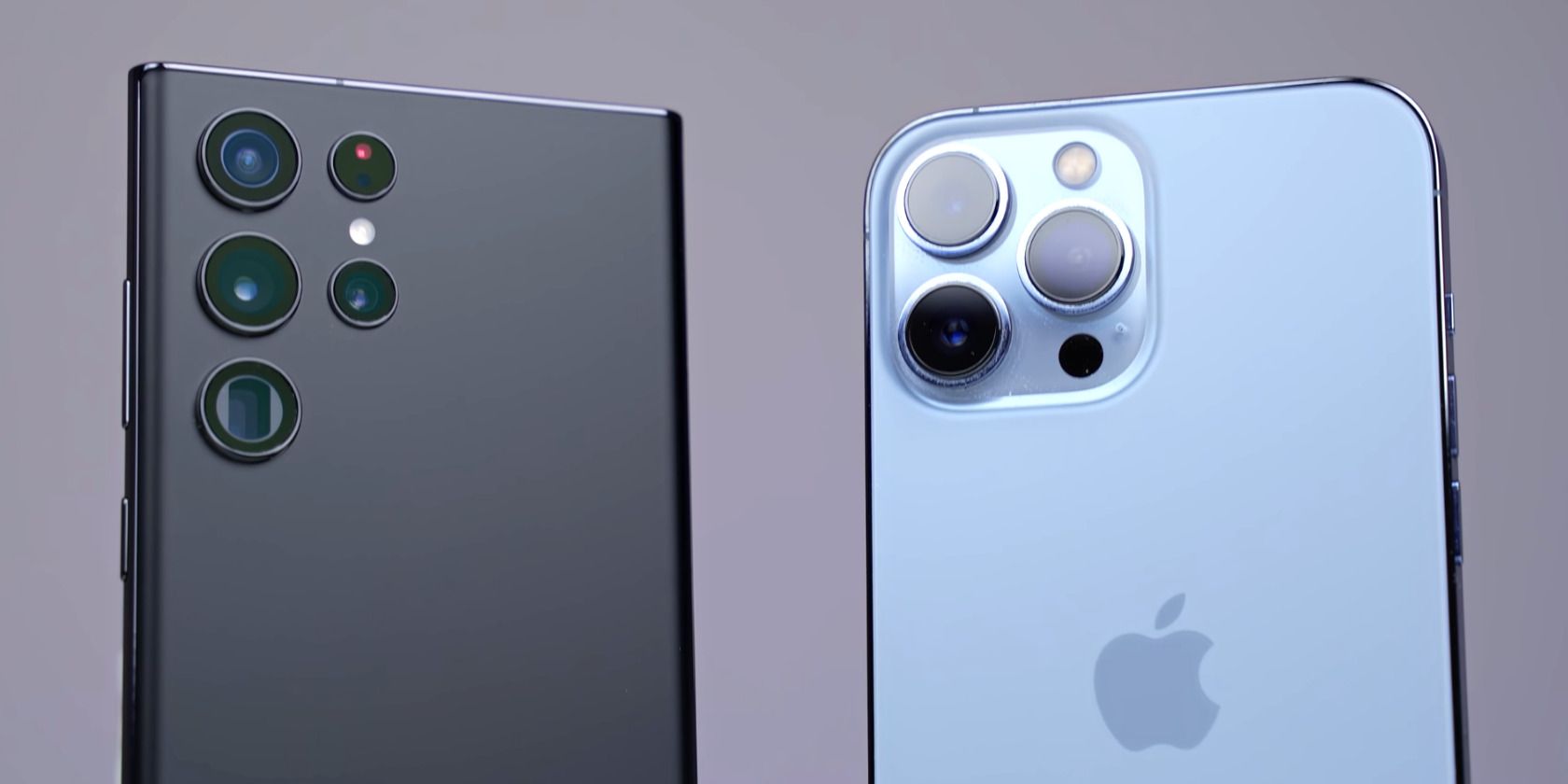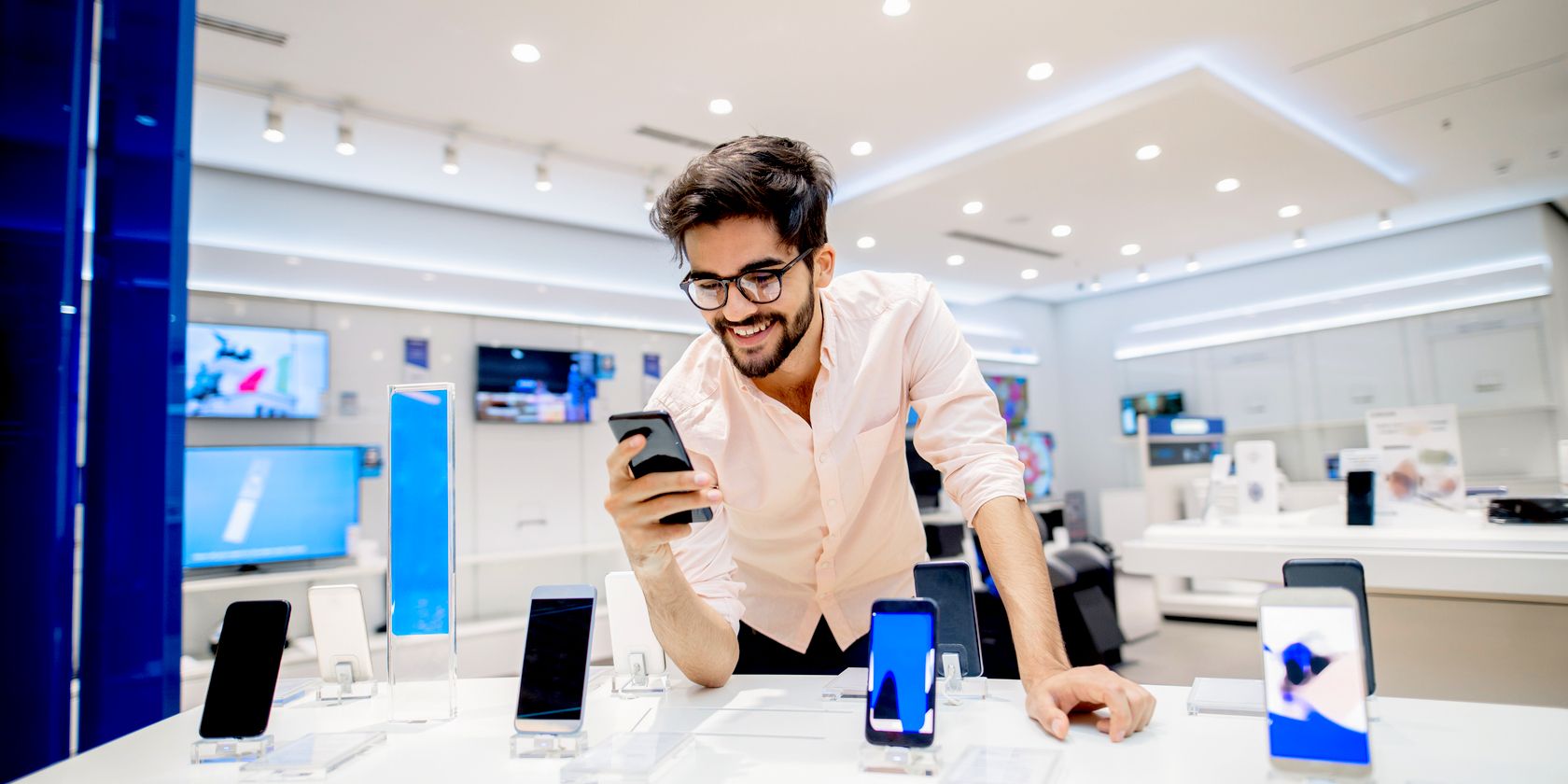Smartphones come at various prices, and it’s not apparent how much you should actually spend on a new one. What features can you expect at each price point? And most importantly, which price is right for you? Let’s find out.
Under $100: Fit for Kids or Elders
I don’t recommend buying a new smartphone for under $100 unless it’s for kids or elderly people. At this price, manufacturers don’t have an incentive to innovate, so the best you can get is a phone that can barely get you through the day with medium use.
Expect poor performance, bad camera, bad build quality, bad display, decent battery, and mediocre storage. Instead of buying a new phone at this price, you’re better off buying a used phone that works at least somewhat reliably and is not too big an inconvenience.
Expected Features:
- Rear dual-camera setup; 8MP main and front camera; 1080p video at 30FPS
- 2GB RAM; 32GB storage with microSD card slot
- HD LCD screen with thick bezels
- 5000mAh battery
- All plastic body; headphone jack
- Micro-USB charging port
$100–$200: Basic Functionalities
Things improve quite dramatically when you jump from under $100 to up to $200. People who buy at this price are looking for basic functionalities, especially good battery life and decent storage. However, cameras, build quality, and performance remain poor. This price point is reasonable if your use case is limited to web browsing, social media, light gaming, and light photography.
Expected Features:
- Rear triple-camera setup; 48MP main camera; 12MP front camera; 1080p video at 30FPS
- 4GB RAM; 64GB storage with microSD card slot
- FHD LCD screen; 90Hz refresh rate; teardrop notch
- 5000mAh battery; 15W wired charging
- All plastic body; headphone jack
- Rear capacitive fingerprint sensor
- USB-C 2.0 charging port
$200–$300: Value for Money Sweet Spot
The $200–$300 bracket is where you’ll find the best value. Most of the bestselling phones in this segment come from Chinese phone makers. Unfortunately, if you’re in the US, your options here will be much more limited than elsewhere in the world.
Wherever you are, you can also find some solid deals from Samsung. Phones at this price point are not only packed with all the essential features but can also have quirky designs to differentiate them from other options.
Expected Features:
- Rear quad-camera setup; 48MP main camera; 16MP front camera; 4K video at 30FPS
- 6GB RAM; 128GB storage with microSD card slot
- FHD+ AMOLED screen; 90Hz refresh rate; punch-hole front camera
- 5000mAh battery; 25W fast wired charging
- All plastic body; headphone jack
- Rear or side-mounted capacitive fingerprint sensor
- USB-C 2.0 charging port
$300–$500: Flagship Killers
The $300–$500 bracket is a very exciting one; it’s where the flagship killers are born. The goal here is simple: offer flagship specs at an affordable price. OnePlus popularized this trend, but as more brands entered the market with their flagship killers, this price bracket has become more competitive than ever.
Phones in this price range target a more tech-savvy audience that understands specs and a bit of jargon; they can run most high-end mobile games well but not flawlessly.
Expected Features:
- Rear triple-camera setup; 64MP main camera; 13MP front camera; 4K video at 30FPS
- 6GB RAM; up to 256GB storage; no microSD card slot
- FHD+ AMOLED screen; 120Hz refresh rate; punch-hole front camera
- 5000mAh battery; 25W fast wired charging
- Aluminum and plastic body; no headphone jack; IP67 rating
- Under-display optical fingerprint sensor
- USB-C 2.0 charging port
$500–$700: More Than Specs
In the $500–$700 price bracket, you’re paying a premium price for a premium product. As good as flagship killers are for the value they offer, they tend to focus more on the core specs and less on the features that aren’t shown on spec sheets.
So, aside from amazing performance, you can also expect great build quality, an IP68 rating (for protection against dust and water), louder and cleaner speakers, better software optimization, amazing cameras, and better haptic feedback.
Expected Features:
- Rear triple-camera setup; 50MP main camera; 32MP front camera; 4K video @ 60fps
- 8GB RAM; up to 256GB storage; no microSD card slot
- FHD+ AMOLED screen; 120Hz refresh rate; punch-hole front camera
- 5000mAh battery; 25W fast wired charging; wireless charging
- Aluminum and plastic body; no headphone jack; IP68 rating
- Under-display optical fingerprint sensor
- USB-C 3.2 charging port
$700–$1000: Actual Flagships
Although you can probably find them under $700, most modern flagships live in the $700–$1000 price bracket. This is also where the competition between Android devices and iPhones really heats up.
Here, you are paying not just for the amazing specs and hardware but also for special features such as 8K video support, QHD resolution, LTPO display, and more cutting-edge tech. Phones in this segment are very reliable, come with premium features, and take additional measures for privacy and security.
Expected Features:
- Rear triple-camera setup; 50MP main camera; 12MP front camera; 8K video at 24FPS
- 12GB RAM; up to 512GB storage; no microSD card slot
- LTPO QHD AMOLED screen; 120Hz refresh rate; punch-hole front camera
- 5000mAh battery; 65W fast wired charging; wireless charging; reverse wireless charging
- Glass and aluminum body; no headphone jack; IP68 rating
- Under-display ultrasonic fingerprint sensor or face unlock
- USB-C 3.2 charging port
$1000–$1500: Bleeding-Edge
For over $1000, you’ll get the best of the best; you can expect features that no other price point can replicate. This means stunning cameras, unique designs, maxed-out performance, tighter integration with the ecosystem, and specialized features.
The goal here is to maximize convenience and eliminate the need for other tech gadgets. For instance, computational photography replaces point-and-shoot cameras, 1TB storage replaces external hard drives, and tough build quality replaces the need for back covers and screen protectors.
Expected Features:
- Rear quad-camera setup; 108MP main camera; 12MP front camera; 8K video at 24FPS
- 12GB RAM; up to 1TB storage; no microSD card slot
- LTPO 2.0 QHD AMOLED screen; 120Hz refresh rate; punch-hole front camera
- 5000mAh battery; 65W fast wired charging; wireless charging; reverse wireless charging
- Glass and aluminum body; no headphone jack; IP68 rating
- Under-display ultrasonic fingerprint sensor or face unlock
- USB-C 3.2 charging port
Above $1500: Foldables
For over $1500, you’re almost exclusively looking at book-style foldable phones such as the Galaxy Z Fold 6 or OnePlus Open, which offer a wide main screen and a cover screen that resembles a normal smartphone screen.
Granted, you can get a flip phone for under $1000, but flip phones are more about fashion than practicality. Book-style foldables unlock a whole new level of productivity and entertainment thanks to their huge tablet-like main screen that allows for enhanced multitasking and immersion.
That said, the foldable form factor is relatively new, which means they do come with some drawbacks, such as reduced durability due to the fragile main screen, high repair cost, and worse battery life than flagships. These are just some reasons why foldables aren’t mainstream yet.
Expected Features:
- Rear triple-camera setup; 50MP main camera; 12MP front camera; cover screen camera; 8K video @ 24fps
- 12GB RAM; up to 1TB storage; no microSD card slot
- LTPO 2.0 QHD AMOLED main screen; cover screen, 120Hz refresh rate; punch-hole front camera
- 5000mAh battery; 65W fast wired charging; wireless charging; reverse wireless charging
- Glass and aluminum body; no headphone jack; IP68 rating
- Under-display ultrasonic fingerprint sensor or face unlock
- USB-C 3.2 charging port
Which Price Is Right for You?
The increase in specs offered is not perfectly linear in smartphones; some high-end features are easier to replicate in cheaper phones, while others are exclusive to premium models. Also, don’t assume that having good specs is enough. It takes a lot more than mere numbers to deliver a consistently smooth experience.
My recommendation? If you’re a casual user, skip the flagships. After all, you don’t need an iPhone 16 Pro just to watch YouTube all day. Anything around $300-$500 will fetch the most value. If you’re a power user or gamer, prioritize performance. You’ll find the best price-to-performance ratio for around $500.
If you want a premium experience with no compromises, look at flagships at around $800. I would advise going for flagships only if you’re not planning to upgrade for at least three years since these devices are made to last. You should only go beyond this price if you’re eyeing a foldable phone and will actually benefit from all that extra screen estate.

